世界一のシェアを誇る旅行ガイドブック『ロンリープラネット(Lonely Planet)』が発表した観光地ランキングにて、2022年に訪れるべき旅行先の地域部門(Best in Travel 2022 / Top Regions)で、四国が全体の6位に選ばれました。ロンリープラネットの編集者などが話題性やユニークな体験ができるかどうかなどの独自基準でランキングを毎年発表しています。
Shikoku has been ranked 6th overall in the Best in Travel 2022 / Top Regions category in a ranking of tourist destinations published by Lonely Planet, the world’s most popular travel guidebook. Shikoku was voted sixth overall in the Best in Travel 2022 / Top Regions category. Lonely Planet editors and others publish the rankings every year based on their own criteria, such as topicality and unique experiences.
Best Regions to Visit in 2022 | Best in Travel – Lonely Planet
Shikoku, Japan
Get off the main tourist trails and discover examples of the country’s honne, or the private face that few foreigners are privileged to glimpse unless they take a few detours. On Shikoku, a real sense of community can be explored on an ancient Buddhist pilgrimage in a “zero-waste” town and in the remote Iya Valley.
Shikoku travel – Lonely Planet | Japan, Asia
The birthplace of revered ascetic and founder of the Shingon Buddhist sect Kōbō Daishi (774–835), Shikoku (四国) is synonymous with natural beauty and the pursuit of spiritual perfection. It’s home to the 88 Sacred Temples of Shikoku, Japan’s most famous pilgrimage.
In Japan’s feudal past, the island was divided into four regions; hence the name shi (four) and koku (region). Considered remote and isolated for centuries, Shikoku is now easy to access from Honshū via three impressive bridge systems built in the last three decades.
The island’s stunning Iya Valley, rugged Pacific coastline, mountain ranges and gorgeous free-flowing rivers all beckon to be explored with hiking boots, kayaks, surfboards and your own earthly vessel. Your physical incarnation will feast upon the remote temples, historic castles and gardens, excellent regional cuisine and modern pleasures of Tokushima, Kōchi, Matsuyama and Takamatsu.
参考:【ロゴマーク使用申請】「Lonely Planet's Best in Travel 2022」四国選出記念ロゴマークのご利用について|ツーリズム四国
Best in Travel 2022 – Lonely Planet
Top Regions
1. Westfjords, Iceland
2. West Virginia, USA
3. Xishuangbanna, China
4. Kent’s Heritage Coast, UK
5. Puerto Rico
6. Shikoku, Japan
7. Atacama Desert, Chile
8. The Scenic Rim, Australia
9. Vancouver Island, Canada
10. Burgundy, France
Shikoku travel | Japan, Asia – Lonely Planet
Shikoku
The birthplace of revered ascetic and founder of the Shingon Buddhist sect Kōbō Daishi (774–835), Shikoku (四国) is synonymous with natural beauty and the pursuit of spiritual perfection. It’s home to the 88 Sacred Temples of Shikoku, Japan’s most famous pilgrimage.Explore Shikoku
Explore Shikoku
More in ShikokuTop Attractions
Oku Iya Ni-jū Kazura-bashi
Away from the crowds and tour buses, the spectacular Oku Iya Ni-jū Kazura-bashi are two secluded vine bridges hanging side by side high over the river. Cross one and come back over the other. A self-propelled, two-seated wooden cable-cart is another fun way to cross the river; there’s a small public camping area on the other side. There are also a couple of spots where you can get down to the river and enjoy the serenity.Konpira-san
Konpira-san or, more formally, Kotohira-gū, was originally a Buddhist and Shintō temple dedicated to the guardian of mariners. It became exclusively a Shintō shrine after the Meiji Restoration.A lot of fuss is made about how strenuous the climb (1368 steps) to the top is, but if you’ve made it this far in Japan, you’ve probably completed a few lengthy ascents to shrines already.Nagoro
If you’re travelling along Rte 439, it’s not a matter of ‘blink and you’ll miss it’, but blink, and blink again, because you may have a hard time believing your eyes when you hit Nagoro. Those ‘people’ – waiting at the bus stop, gossiping on a porch, toiling in the fields – are life-sized scarecrow-type dolls made by resident Ayano Tsukimi as a way of memorialising former inhabitants of her hometown. Nagoro is 12km west of Oku Iya Ni-jū Kazura-bashi.Kōchi-jō
Kōchi-jō is one of just a dozen castles in Japan to have survived with its original tenshu-kaku (keep) intact. The castle was originally built during the first decade of the 17th century by Yamanouchi Katsutoyo, who was appointed daimyō by Tokugawa Ieyasu after he fought on the victorious Tokugawa side in the Battle of Sekigahara in 1600. A major fire destroyed much of the original structure in 1727; the castle was largely rebuilt between 1748 and 1753.Matsuyama-jō
Perched on top of Mt Katsuyama in the centre of town, the castle dominates the city, as it has for centuries. Matsuyama-jō is one of Japan’s finest surviving castles, and one of the very few with anything interesting to peruse inside: the castle has a treasure trove of artefacts with excellent English-language displays. A ropeway (one way/return ¥270/510) is on hand to whisk you up the hill, though there is a pleasant pathway if you prefer to walk.Temple One: Ryōzen-ji
Ryōzen-ji is Temple One of the 88 Sacred Temples of Shikoku pilgrimage. It is called Temple One because it was the first that temple pilgrims came to after arriving on Shikoku following a visit to Kōya-san in Wakayama Prefecture to ask Kōbō Daishi for his support on their journey. Everything you need is here, from guidebooks (in English too) to pilgrim wear and temple stamp books. Savour the serenity and the history – the pilgrimage has been walked for 1200 years.Ritsurin-kōen
One of the most beautiful gardens in the country, Ritsurin-kōen dates from the mid-1600s and took more than a century to complete. Designed as a walking garden for the enjoyment of the daimyō (regional lord), the park winds around a series of ponds, tearooms, bridges and islands. To the west, Shiun-zan (Mt Shiun) forms an impressive backdrop to the garden. The classic view of Engetsu-kyō bridge with the mountain in the background is one of the finest in Japan.Temple 23: Yakuō-ji
The major attraction of Hiwasa, Yakuō-ji, Temple 23, is the last temple in Tokushima Prefecture. Yakuō-ji dates back to the year 726, and is famous as a yakuyoke-no-tera (a temple with special powers to ward off ill fortune during unlucky years). The unluckiest age for men is 42; for women, 33 is the one to watch out for. Kōbō Daishi is said to have visited in 815, the year of his own 42nd birthday.Temple 75: Zentsū-ji
Zentsū-ji, Temple 75 of the sacred 88, is the largest of the temples – most of the other 87 could fit in its car park. This is where Kōbō Daishi was born, and the temple boasts a magnificent five-storey pagoda and giant camphor trees that are said to date back as far as Daishi’s childhood. The temple is about 1.5km from the JR Zentsuji Station.
・Slow travel in Japan’s Seto Inland Sea – Lonely Planet
・Five reasons to visit Japan's Kagawa Prefecture – Lonely Planet
・Best things to do in summer in Japan – Lonely Planet
「四国」が世界第6位に!?世界的旅行ガイドブックのおすすめ観光地ランキング | KSB瀬戸内海放送
世界的に人気の旅行ガイドブックが発表したおすすめの観光地ランキングで「四国」が6位に選ばれました。世界一のシェアを誇る旅行ガイドブック「ロンリープラネット」は「話題性」や「ユニークな体験」など独自の基準で選んだ「観光地ランキング」を毎年、発表しています。その地域部門で「四国」が「知られざる日本の宝」として6位に選ばれました。発表によりますと、四国遍路の道中に食べ物を振る舞われたり無料で宿を提供されたりする「お接待」など、地域固有の文化が高く評価されたということです。

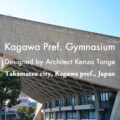
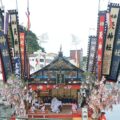
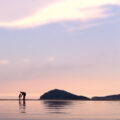

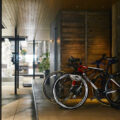
![【小豆島 7/8】虫送り、江戸時代から島に伝わる行事 - [Shodoshima island, 8 July] The torch procession at island](https://yousakana.jp/wp-content/uploads/wordpress-popular-posts/11719-featured-120x120.jpeg)
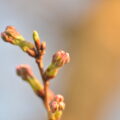
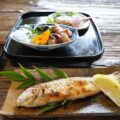
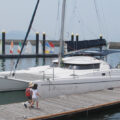
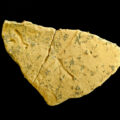
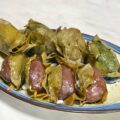
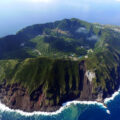
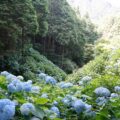
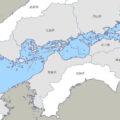
![【香川】春日川の川市 – [Kagawa] River market of Kasuga river](https://yousakana.jp/wp-content/uploads/wordpress-popular-posts/49605-featured-120x120.jpeg)
![【高知】魚を守る道、アイスハーバー型らせん魚道 – [Kochi] Ice Harbor type spiral fishway](https://yousakana.jp/wp-content/uploads/wordpress-popular-posts/50244-featured-120x120.jpeg)

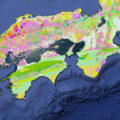
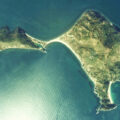
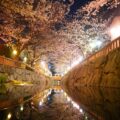
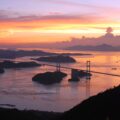
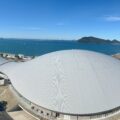
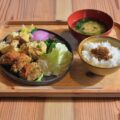
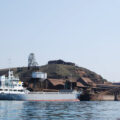
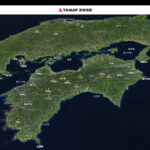
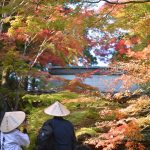
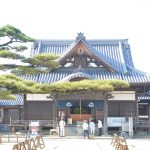
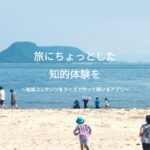
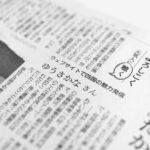
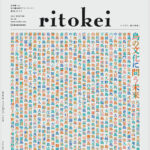
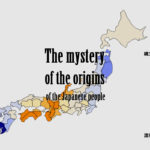

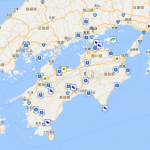

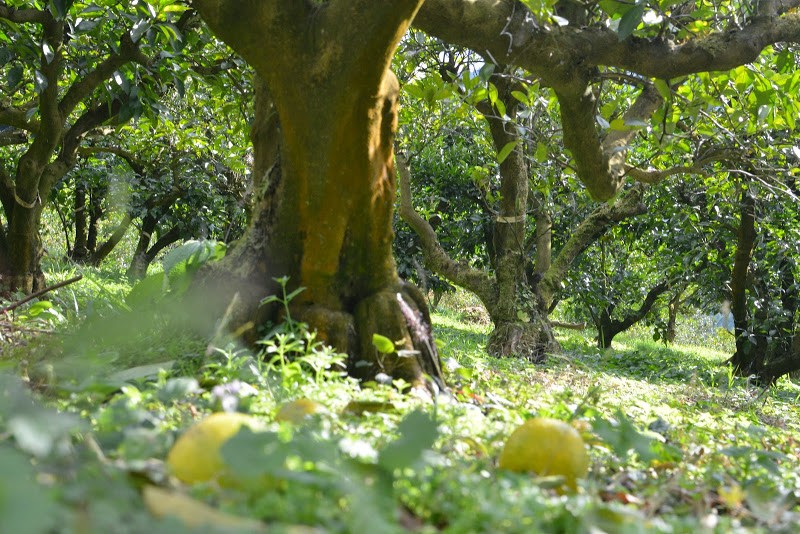
![【香川】川沿いをピンクに彩る80本の桜。湊川『河津桜ロード』 – [Kagawa] Kawazu Cherry Blossom Road](https://yousakana.jp/wp-content/uploads/2022/03/kawazu-sakura_higashi-kagawa-800x534.jpeg)
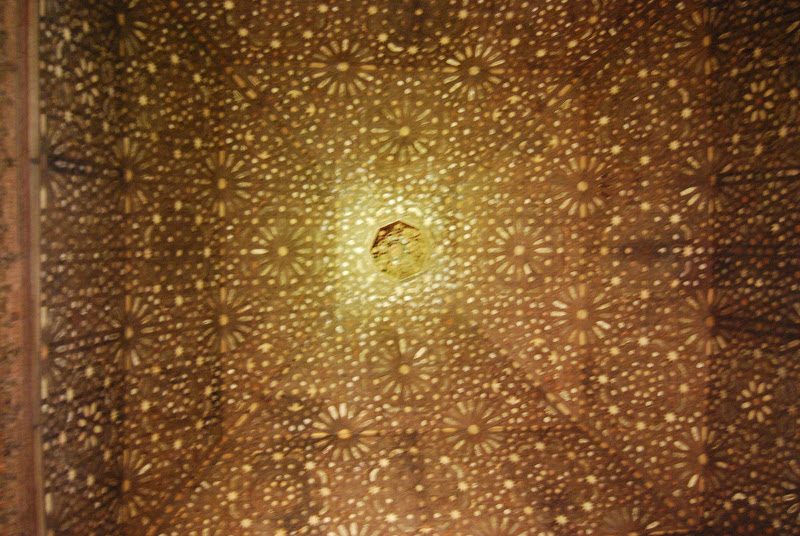
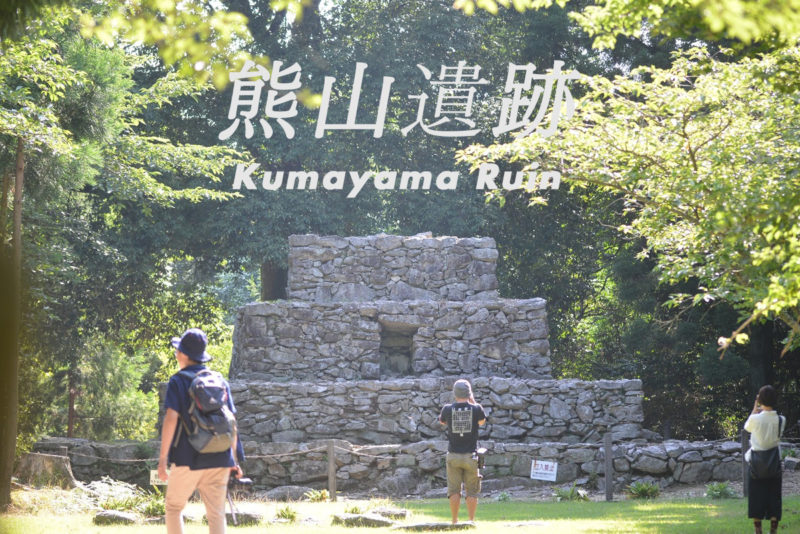
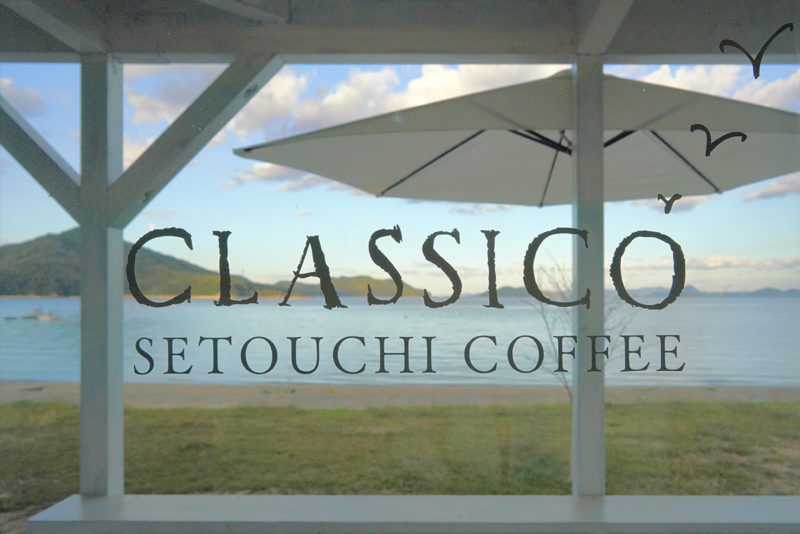
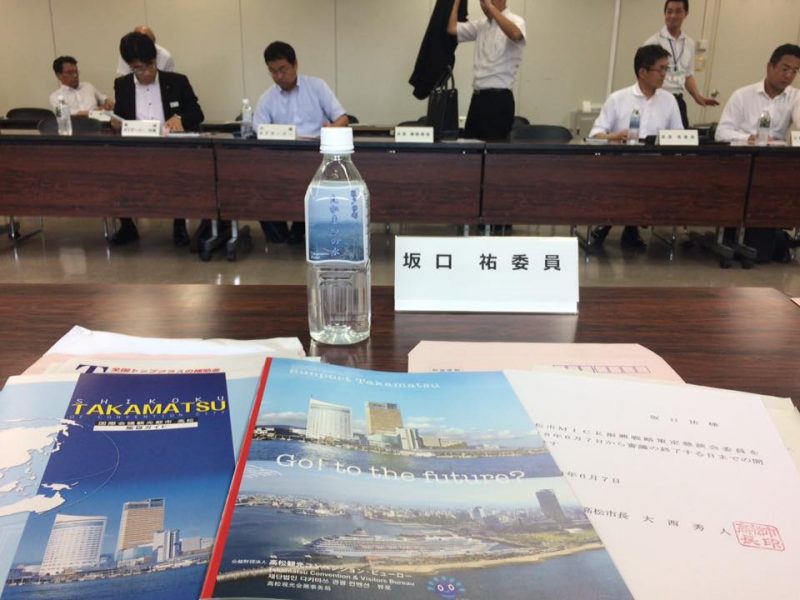

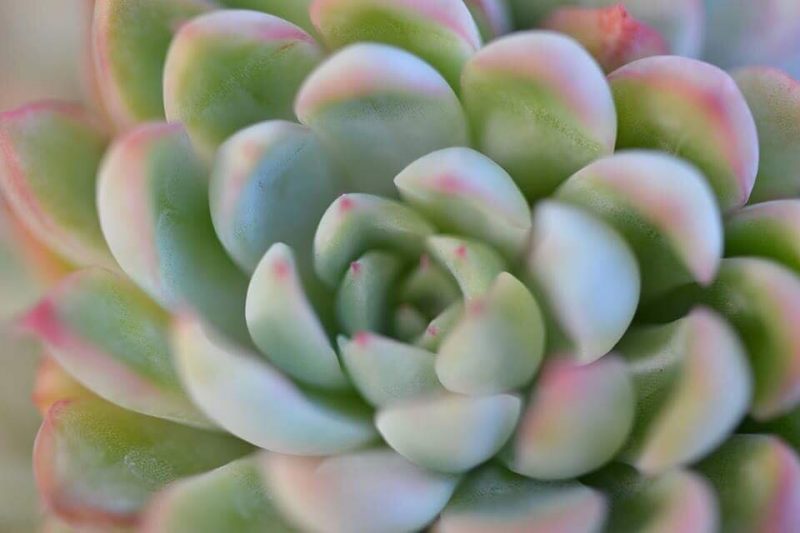
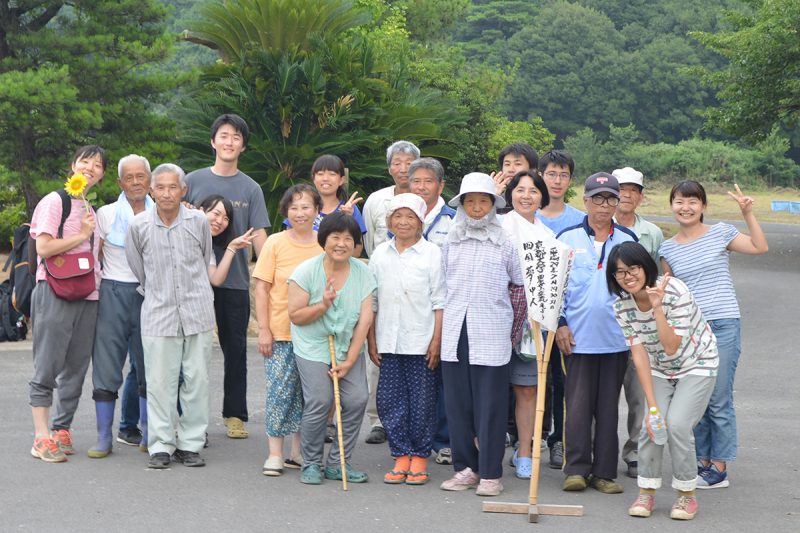
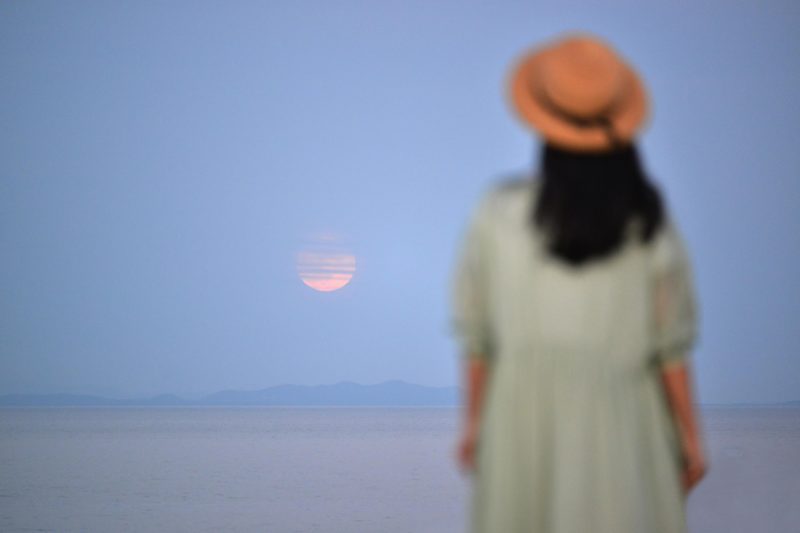
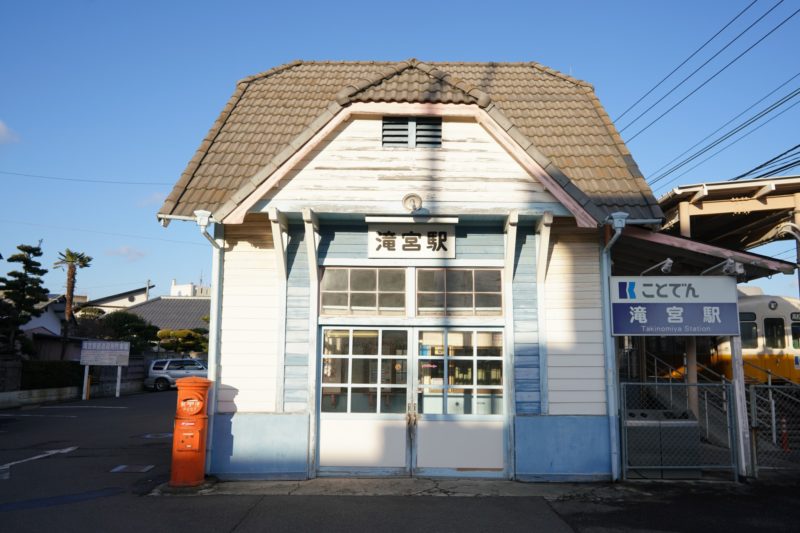
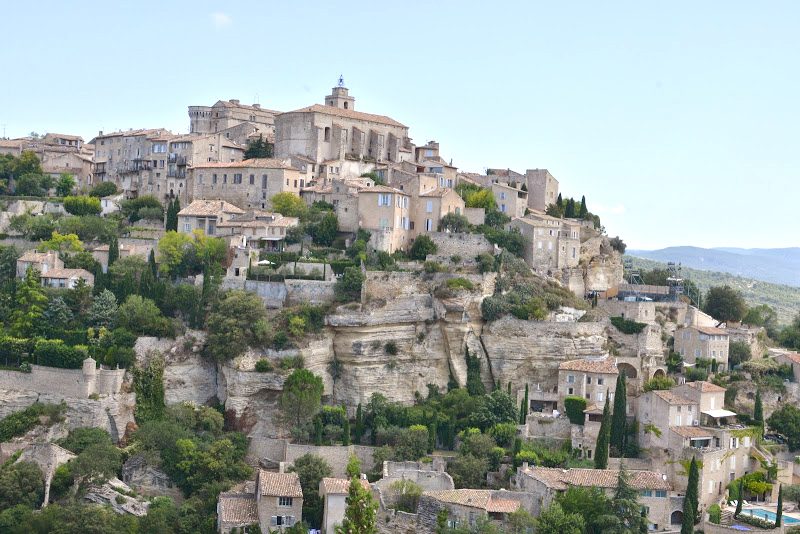
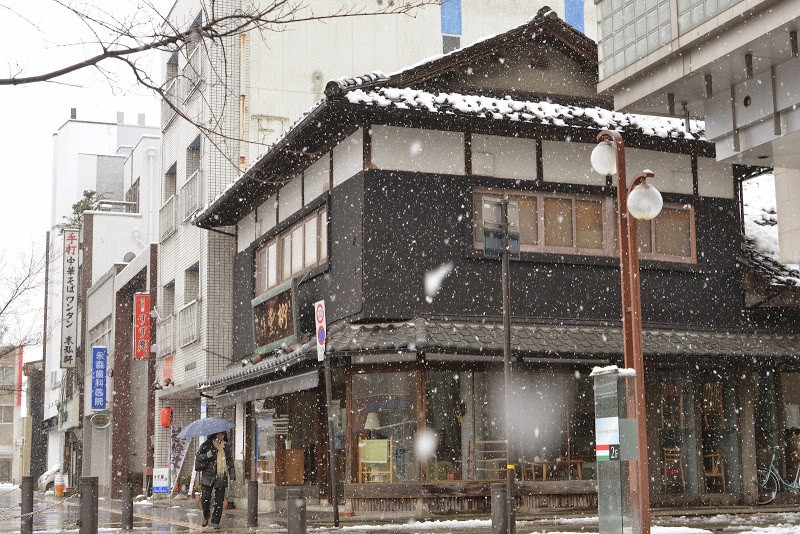
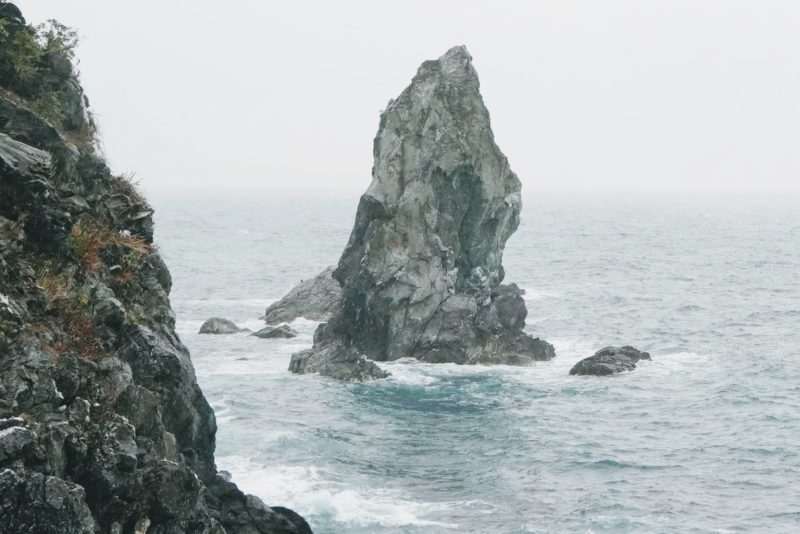
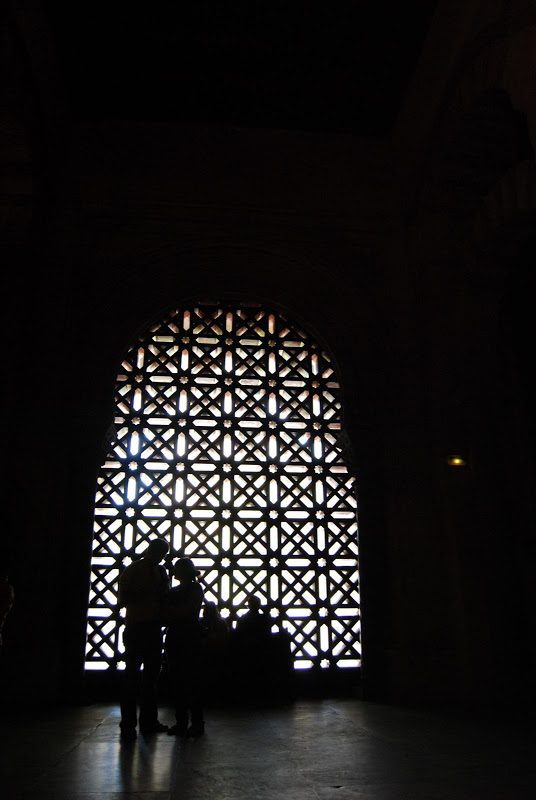
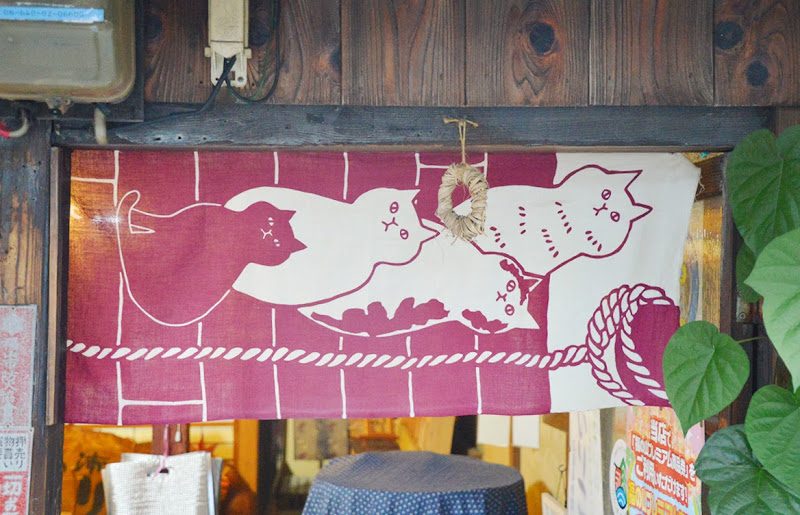
![【閉店】創業60年の老舗のうどん屋「谷川製麺所」が閉店 – [Close Dec. 30th] Tanigawa noodle‐making factory at Kagawa](https://yousakana.jp/wp-content/uploads/2014/12/shippoku-udon-800x534.jpg)
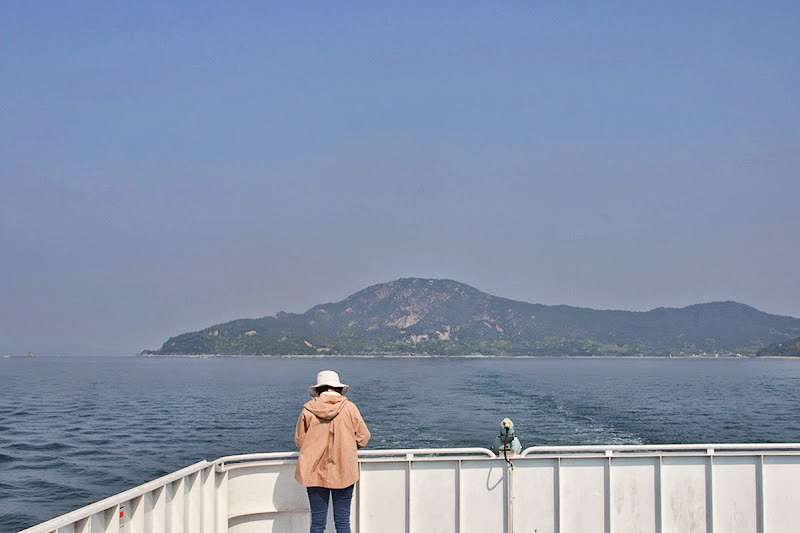
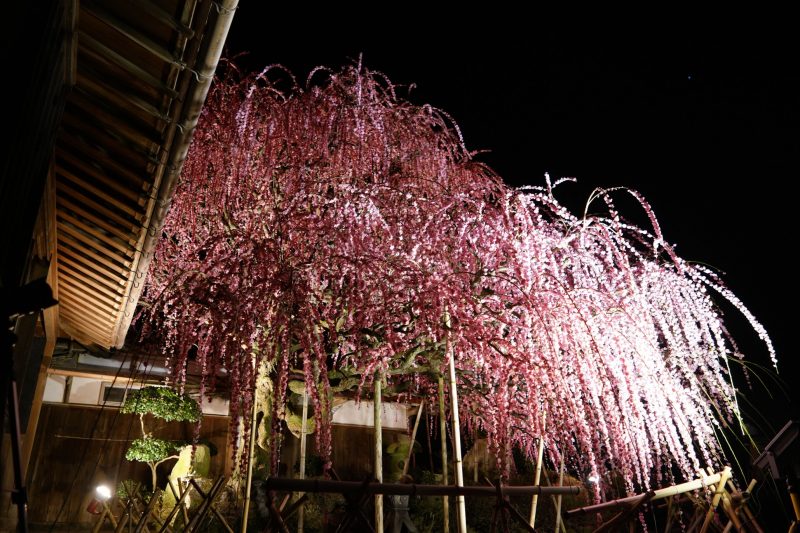
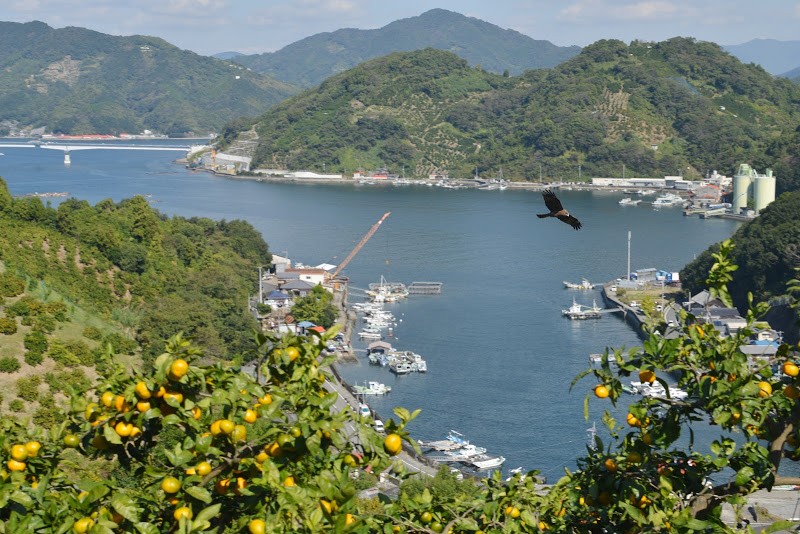
![【徳島】鮮魚のスモーク専門店『日和佐燻製工房』 – [Tokushima] Hiwasa Smokehouse](https://yousakana.jp/wp-content/uploads/2021/06/hiwasa-kunsei-koubou_hiwasa-smokehouse-800x533.jpeg)
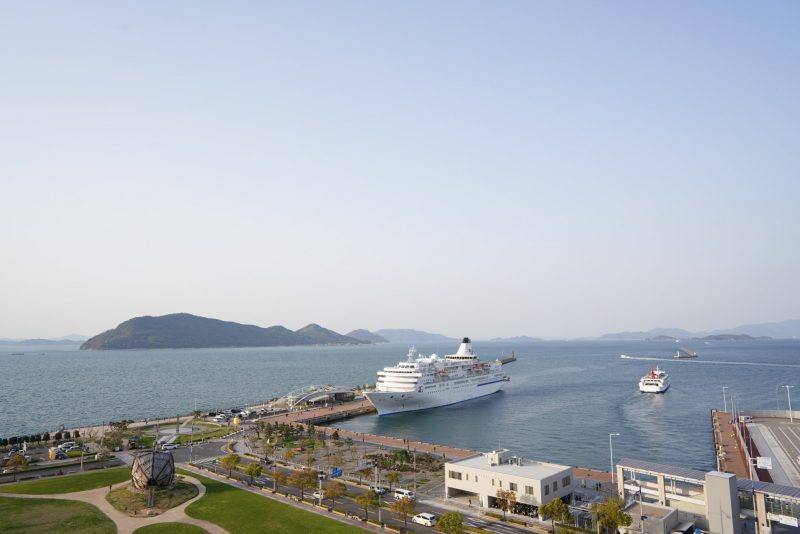
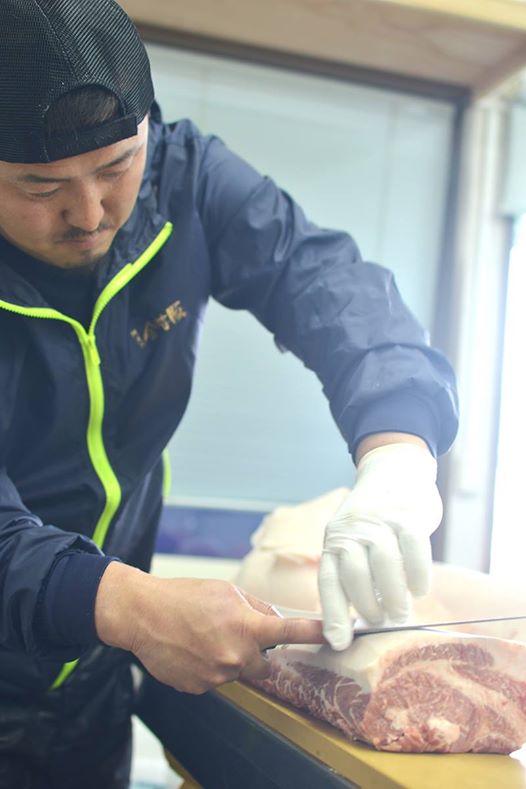
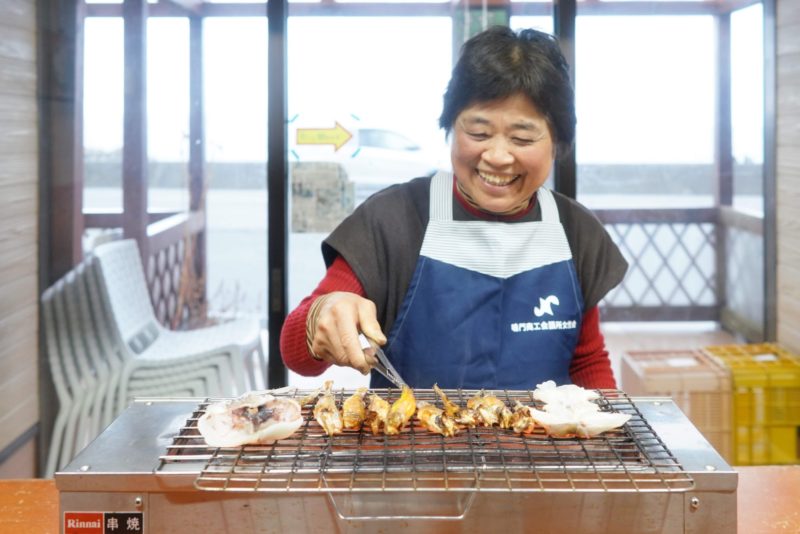
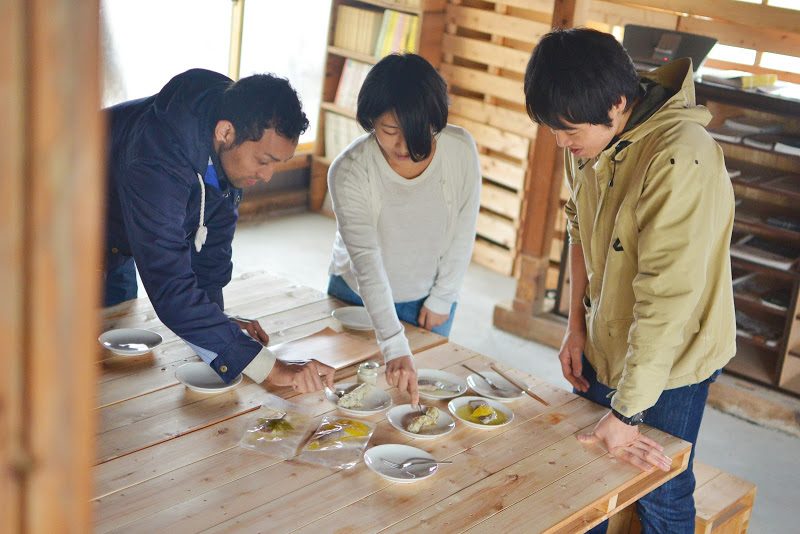

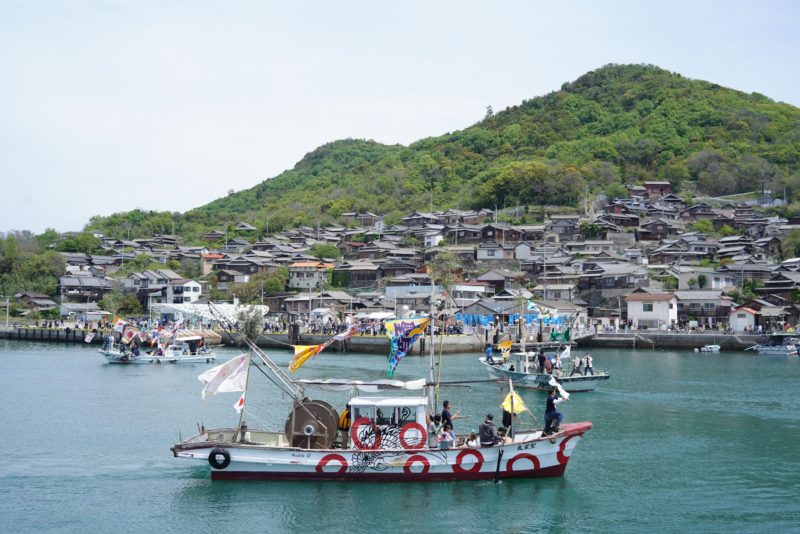
![小豆島の山と海とコーヒーと『moksha coffee』 – [Shodoshima island] Mountain, Sea and Coffee “moksha coffee”](https://yousakana.jp/wp-content/uploads/2021/12/moksha-coffee_02-1-800x534.jpeg)
![【香川】つつじのトンネル。仏生山公園 – [Kagawa] Azalea tunnel, Bussyouzan Park](https://yousakana.jp/wp-content/uploads/2023/05/Busshozan-park-800x533.jpeg)
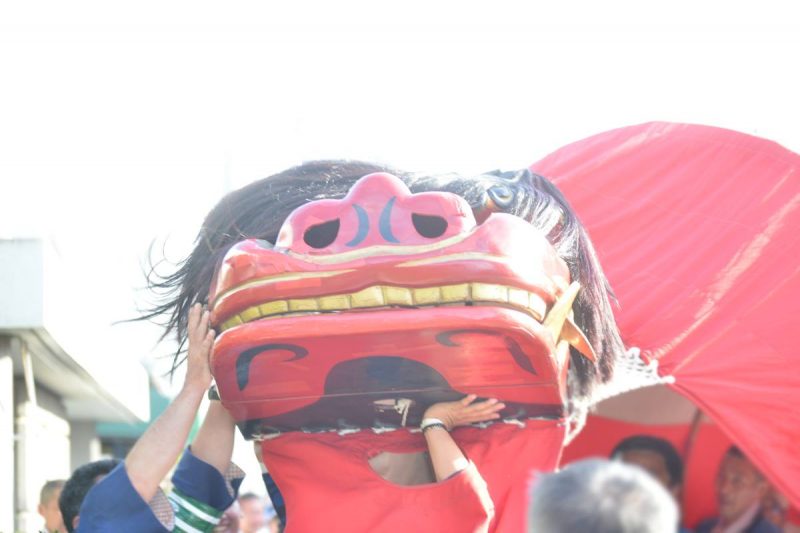
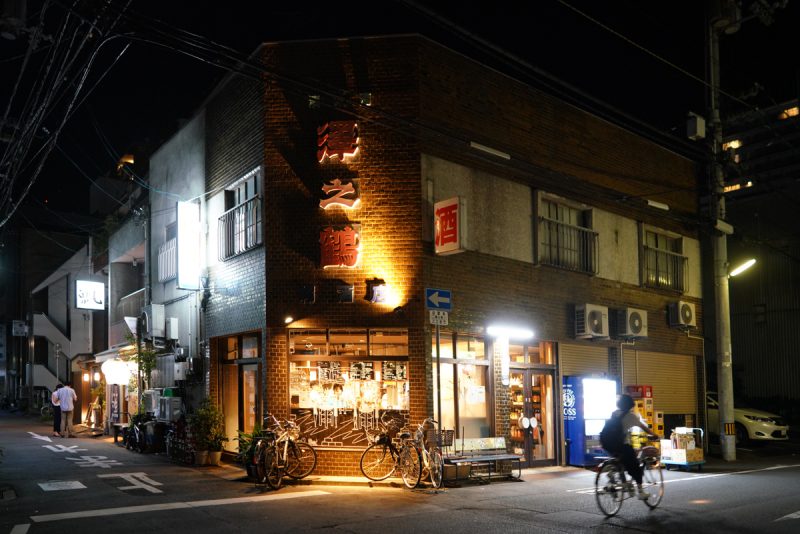
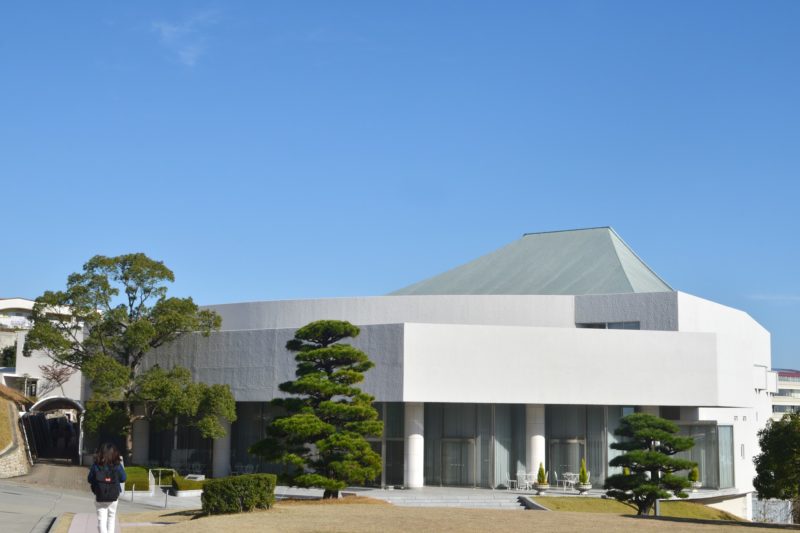
![【香川 国の登録有形文化財】築100年以上の古民家『松賀屋』 – [Kagawa National tangible cultural property] “Matsugaya”, Traditional Japanese House](https://yousakana.jp/wp-content/uploads/2018/07/matsugaya_nio_mitoyo-800x534.jpeg)
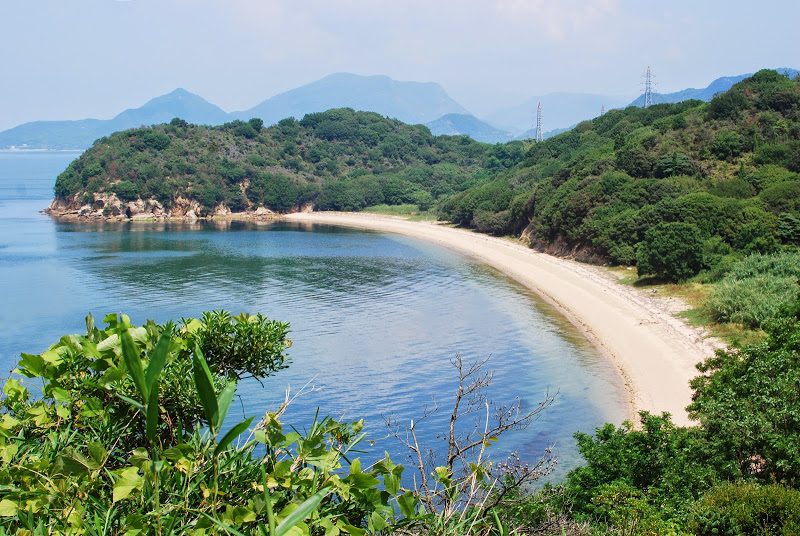
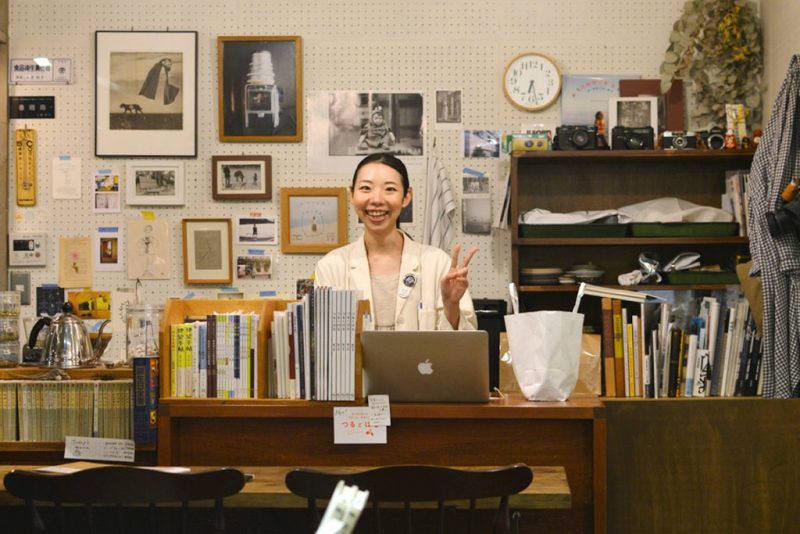
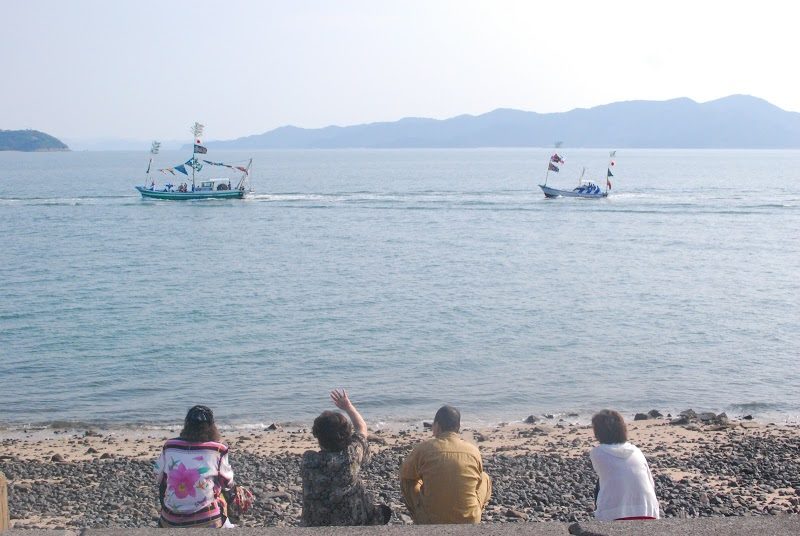
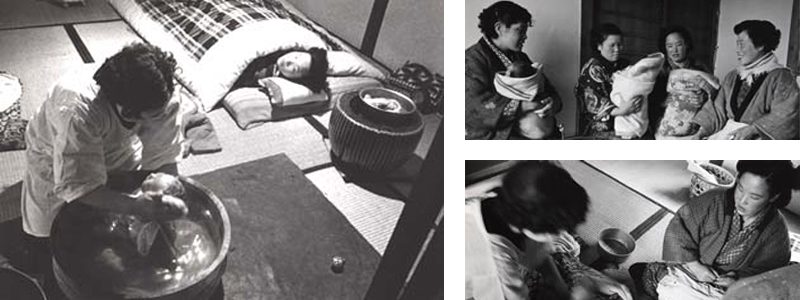
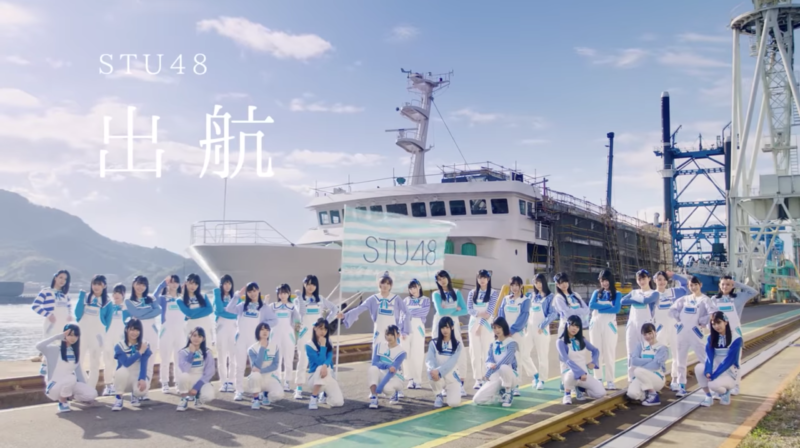
![【愛媛】宇和島の牛鬼。秋祭り – [Ehime] Autumn festival at Uwajima city, Ehime pref.](https://yousakana.jp/wp-content/uploads/2019/10/Ushioni_Uwajima.jpg)
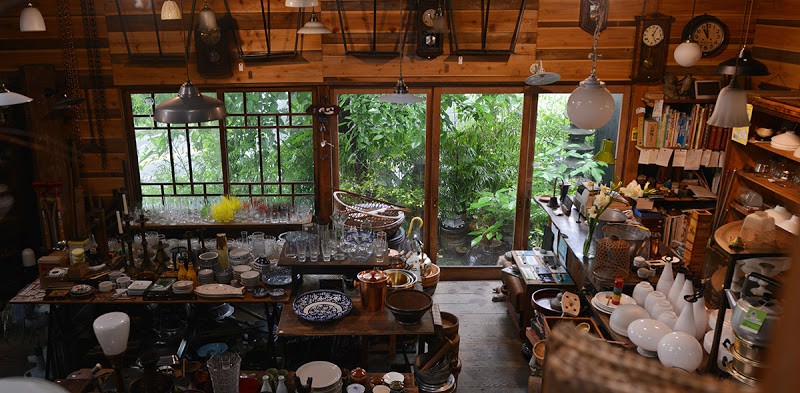
![【小豆島】分かち合うコミュニティの形。小豆島のわりご弁当 – [Shodoshima island 13th Oct.] “Warigo lunch box” for Fermers’ Kabuki of Shodoshima island](https://yousakana.jp/wp-content/uploads/2017/11/shodoshima-nousonkabuki-05-800x534.jpg)

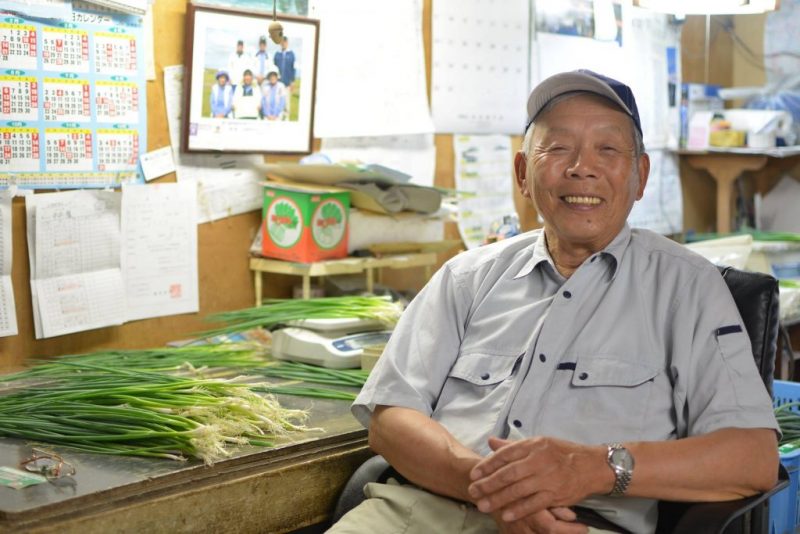
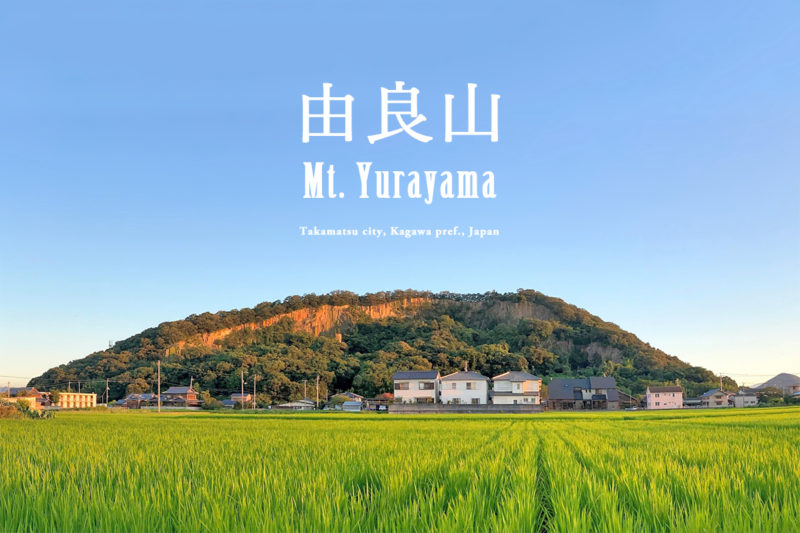
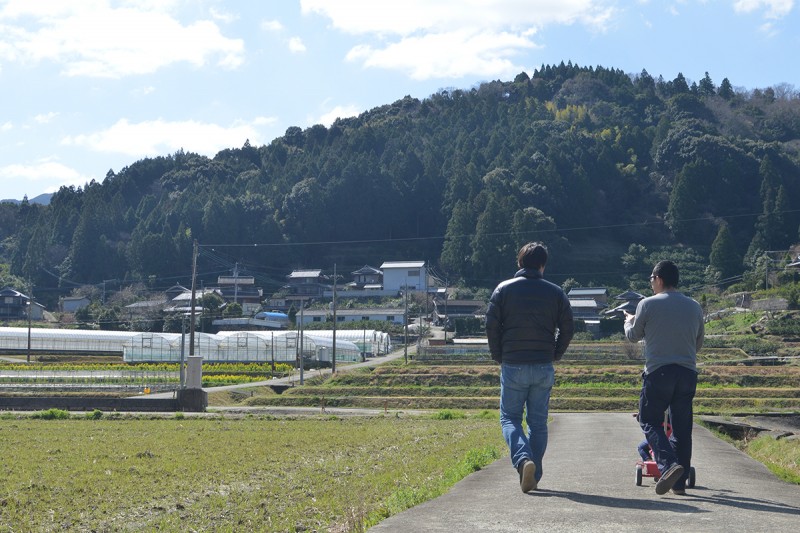
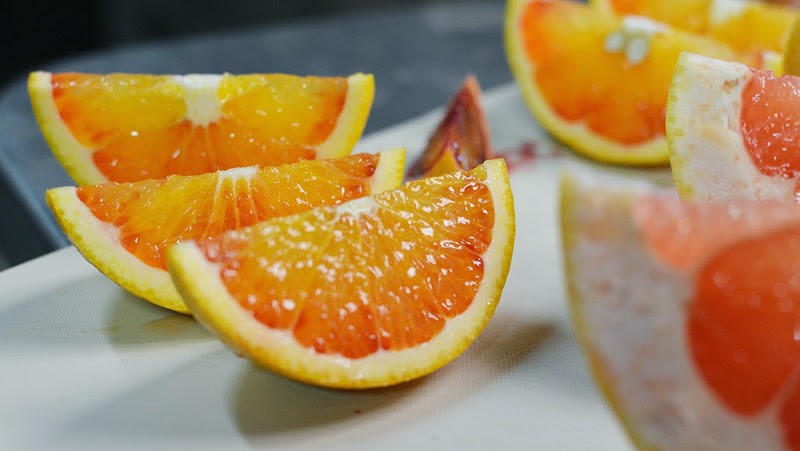
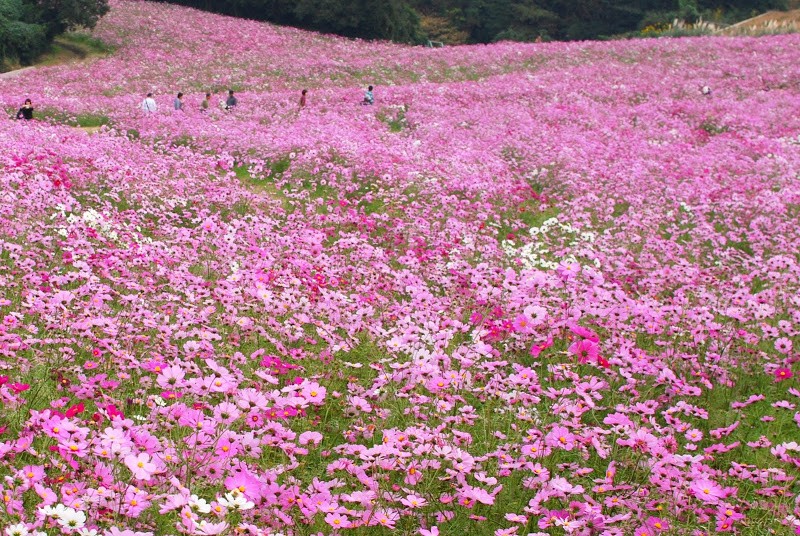
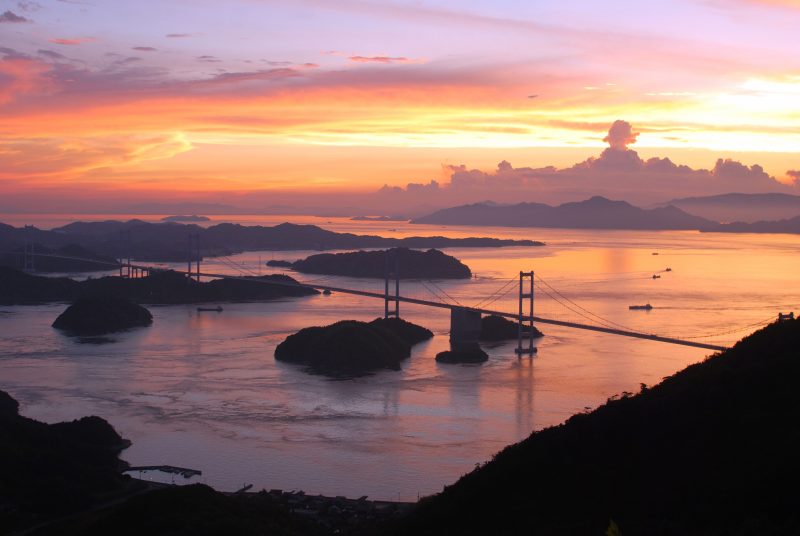
![【愛媛】1200年以上前の物語を残す伊予灘に浮かぶ『綱掛岩』 – [Ehime] Tsunakakeiwa Rock, Mishima shrine](https://yousakana.jp/wp-content/uploads/2020/09/Tsunakakeiwa-Rock-800x534.jpg)
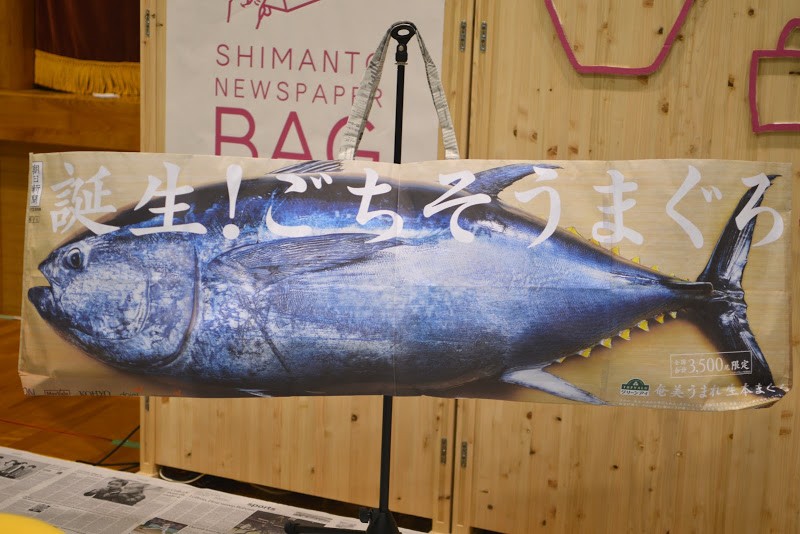
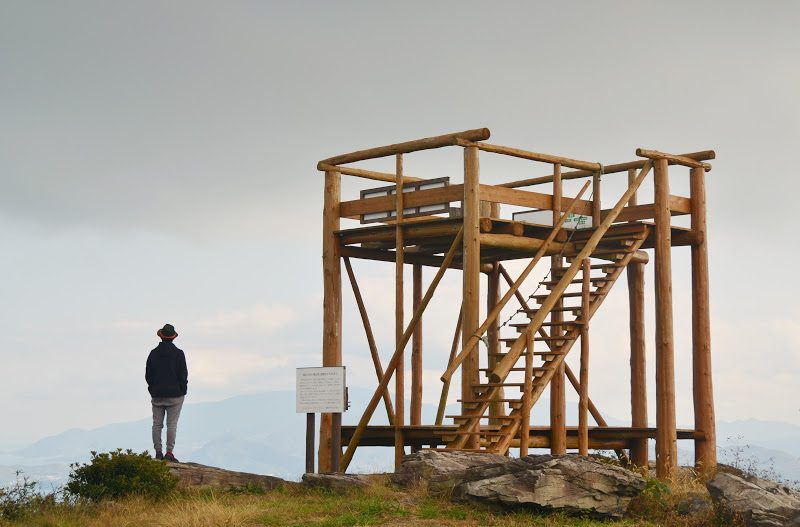
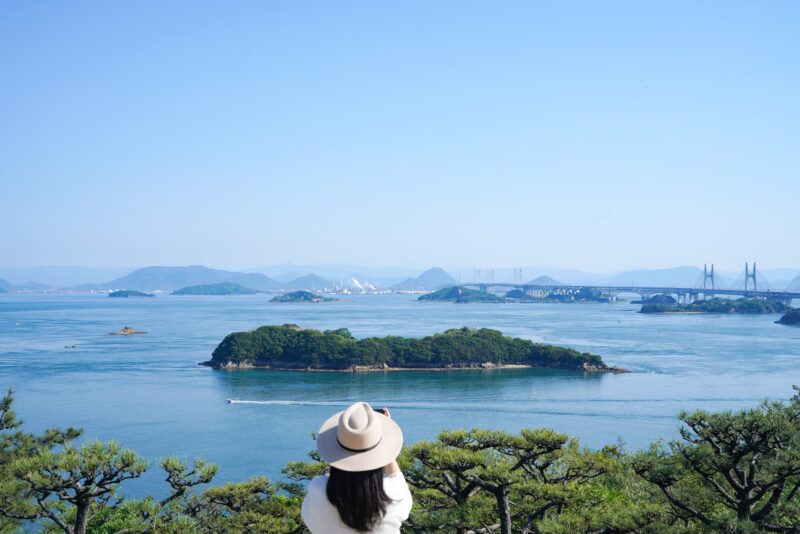
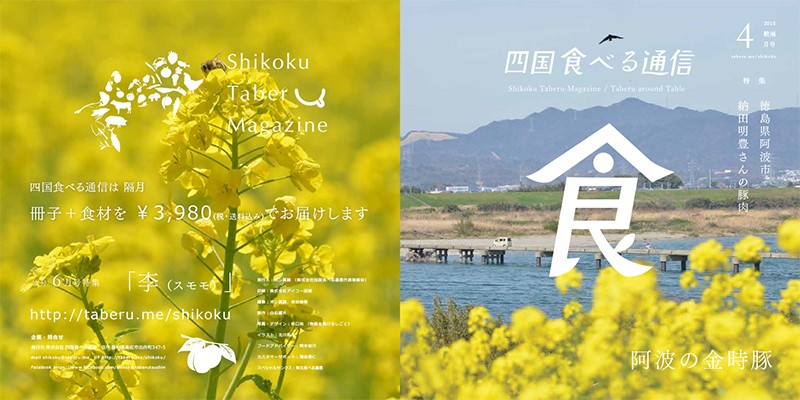
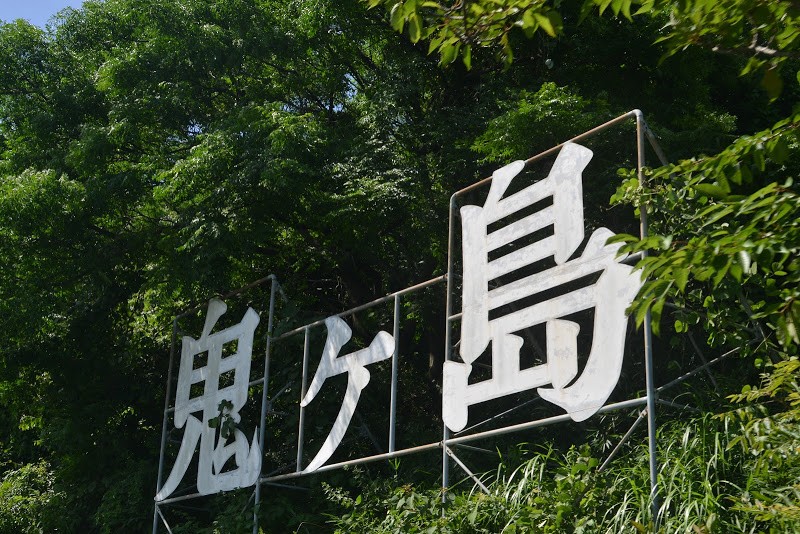
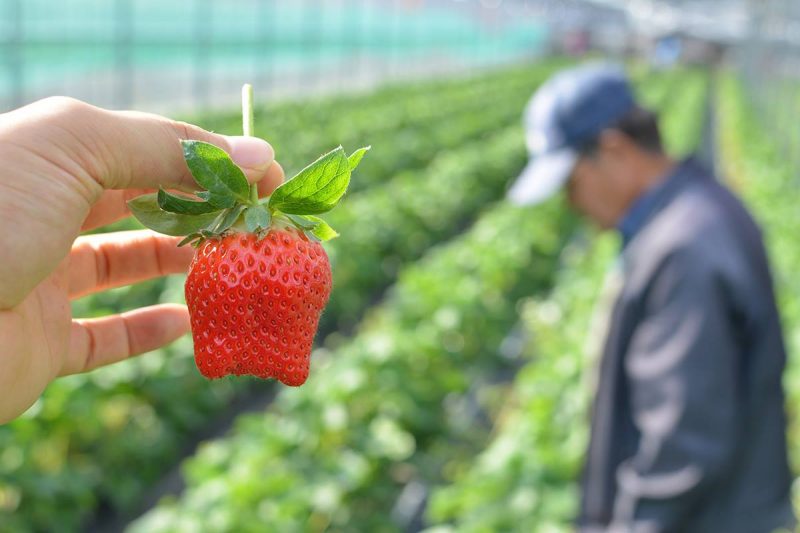
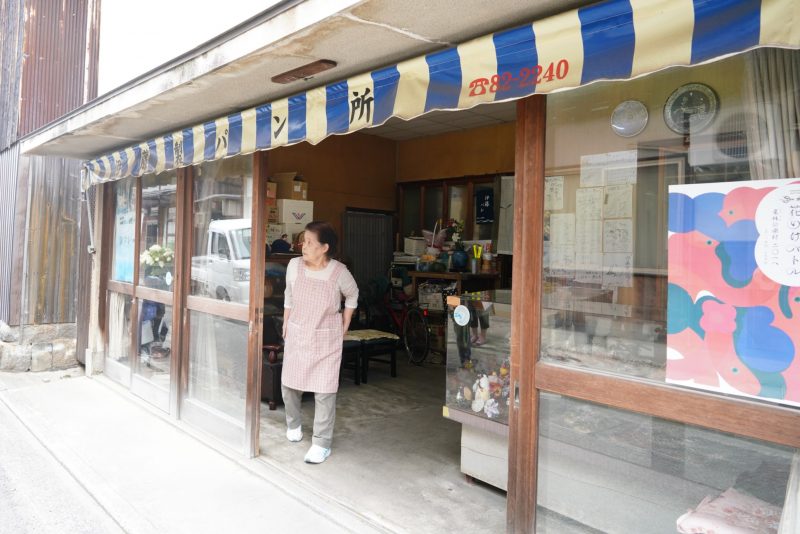
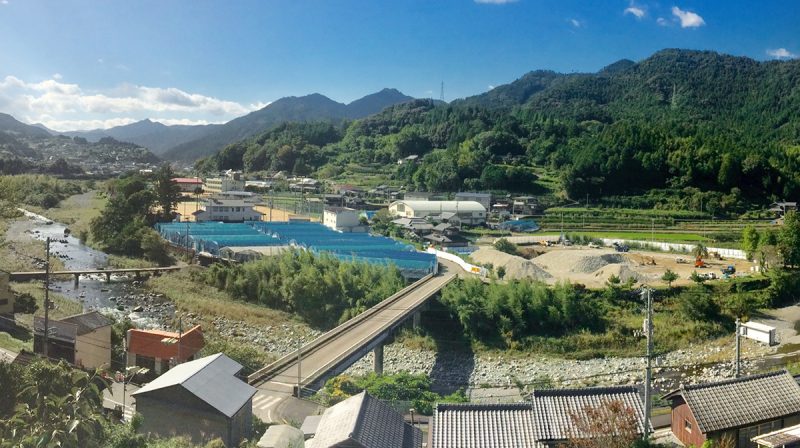
![【香川】高松の素敵な本屋まとめ – [Kagawa] Wonderful book shops at Takamatsu city](https://yousakana.jp/wp-content/uploads/2019/08/book-shop-takamatsu-800x534.jpg)
![【愛媛】川辺の緑化建築『新谷菖蒲園』 – [Ehime] Riverside greening architecture ‘Shintani Iris Garden’.](https://yousakana.jp/wp-content/uploads/2021/11/Ehime_Niiya-Iris-Garden-800x534.jpeg)
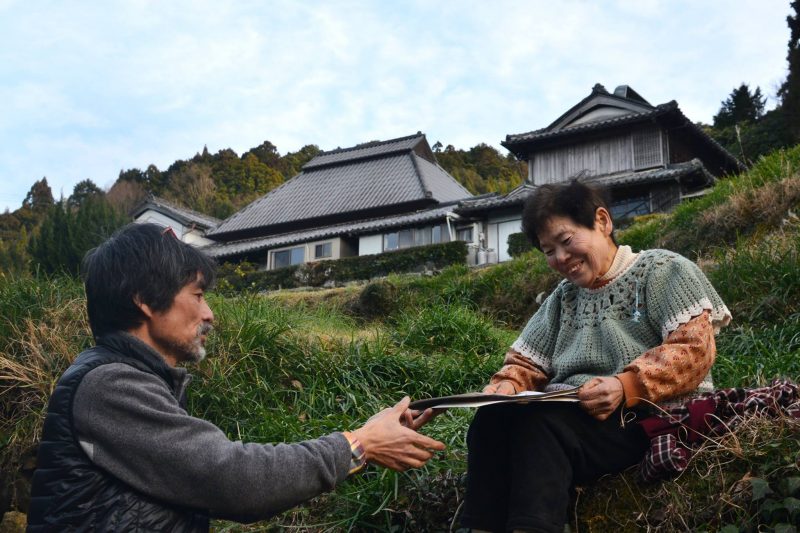
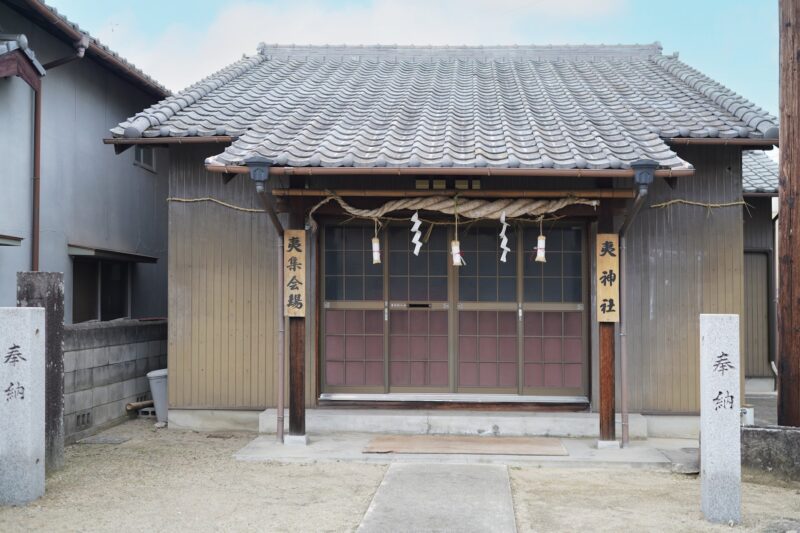
![【徳島】神山の食と農を次世代に繋ぐ『かま屋 』『かまパン&ストア』 – [Tokushima] Kamaya Food Hub Project](https://yousakana.jp/wp-content/uploads/2019/10/kamaya-kamiyama-800x533.jpg)
![【創業幕末!】うどん県最古『ヨコクラうどん』 – [Since Edo period] The oldest udon shop in Kagawa Pref. “Yokokura Udon”](https://yousakana.jp/wp-content/uploads/2021/12/yokokura-udon_takamatsu-kagawa_index-800x533.jpg)
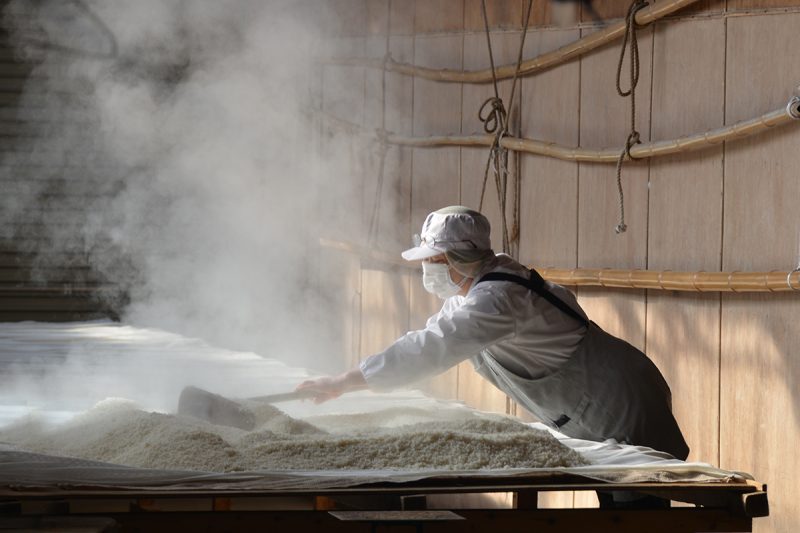

コメントを残す